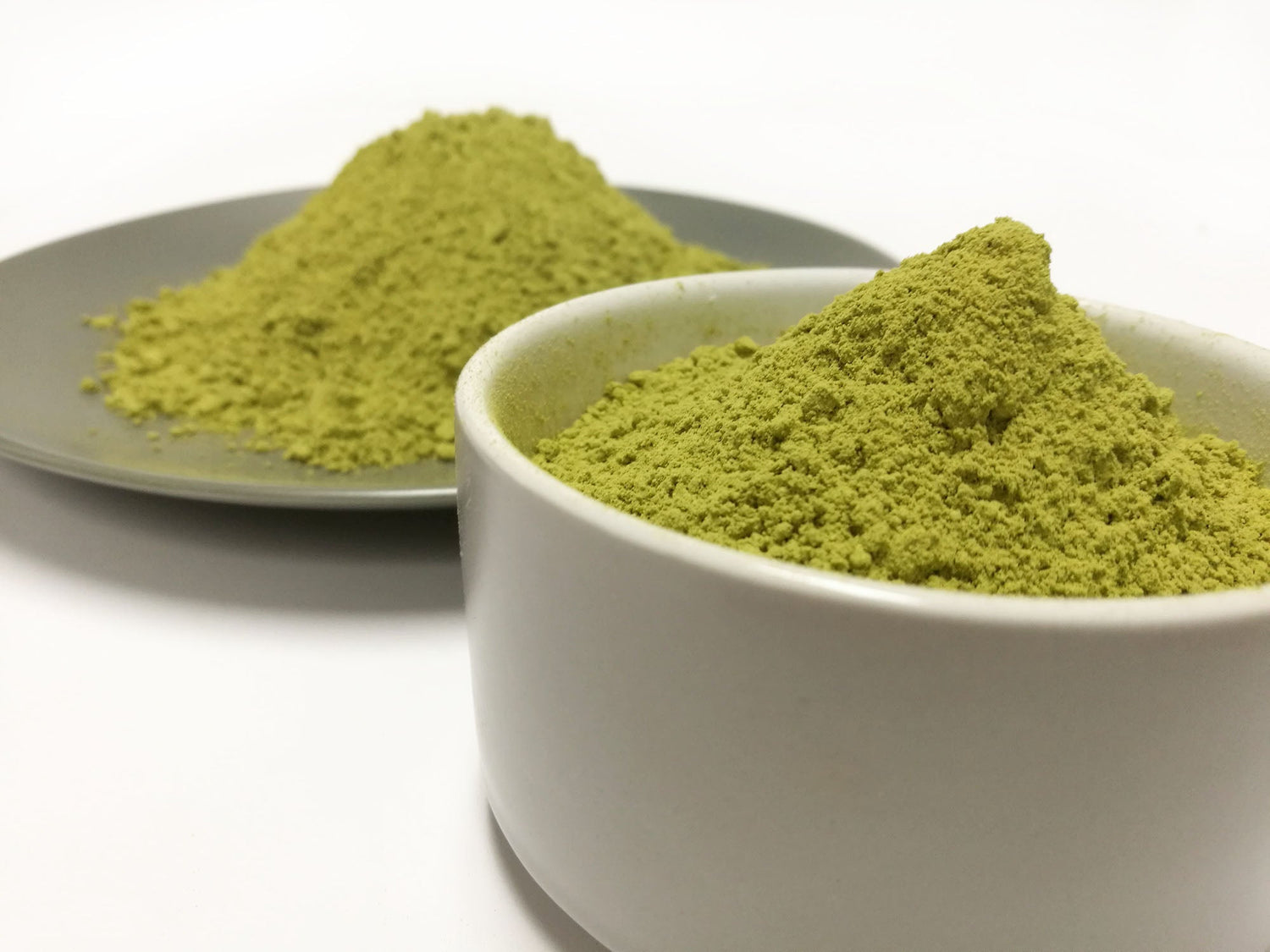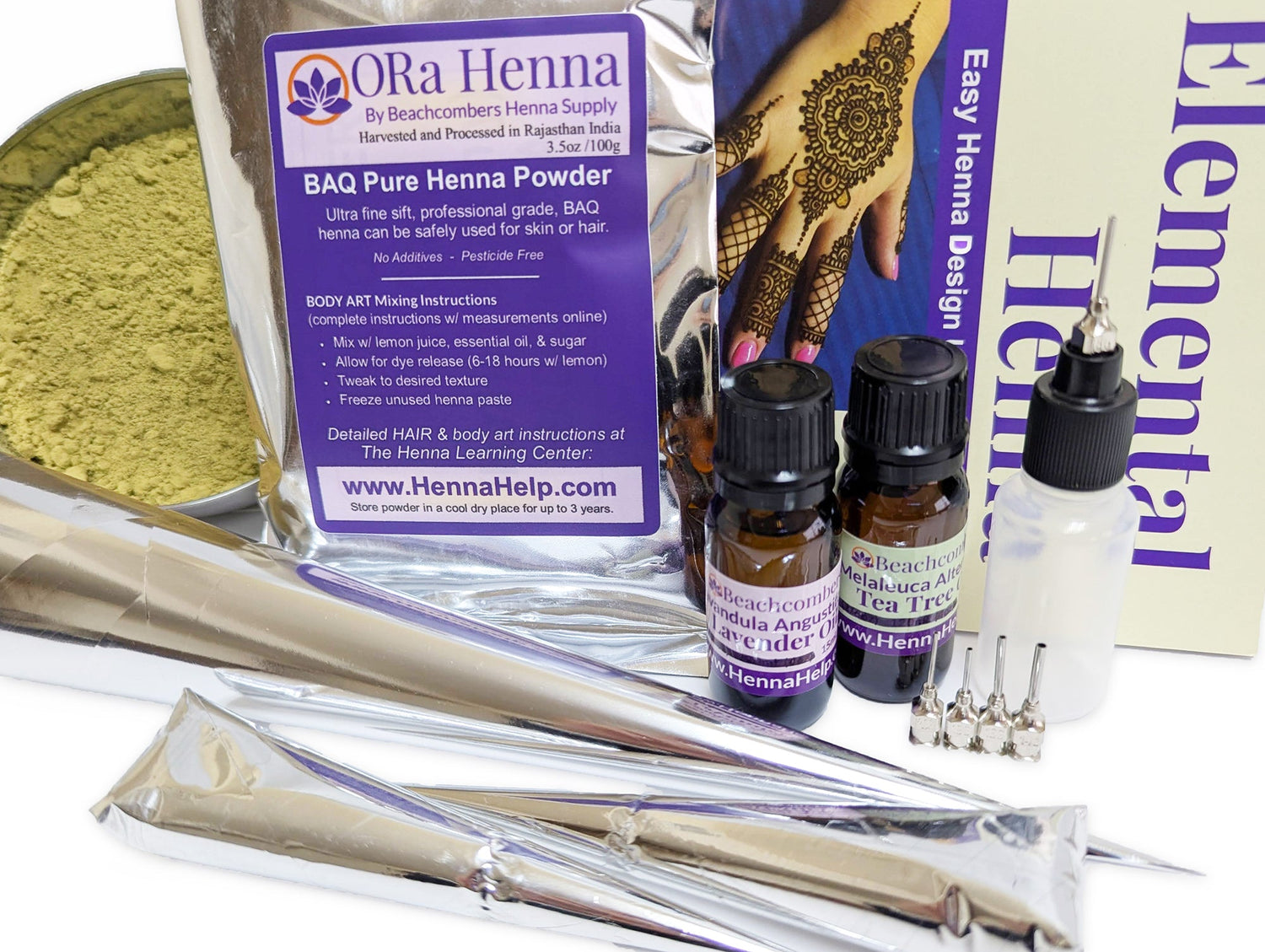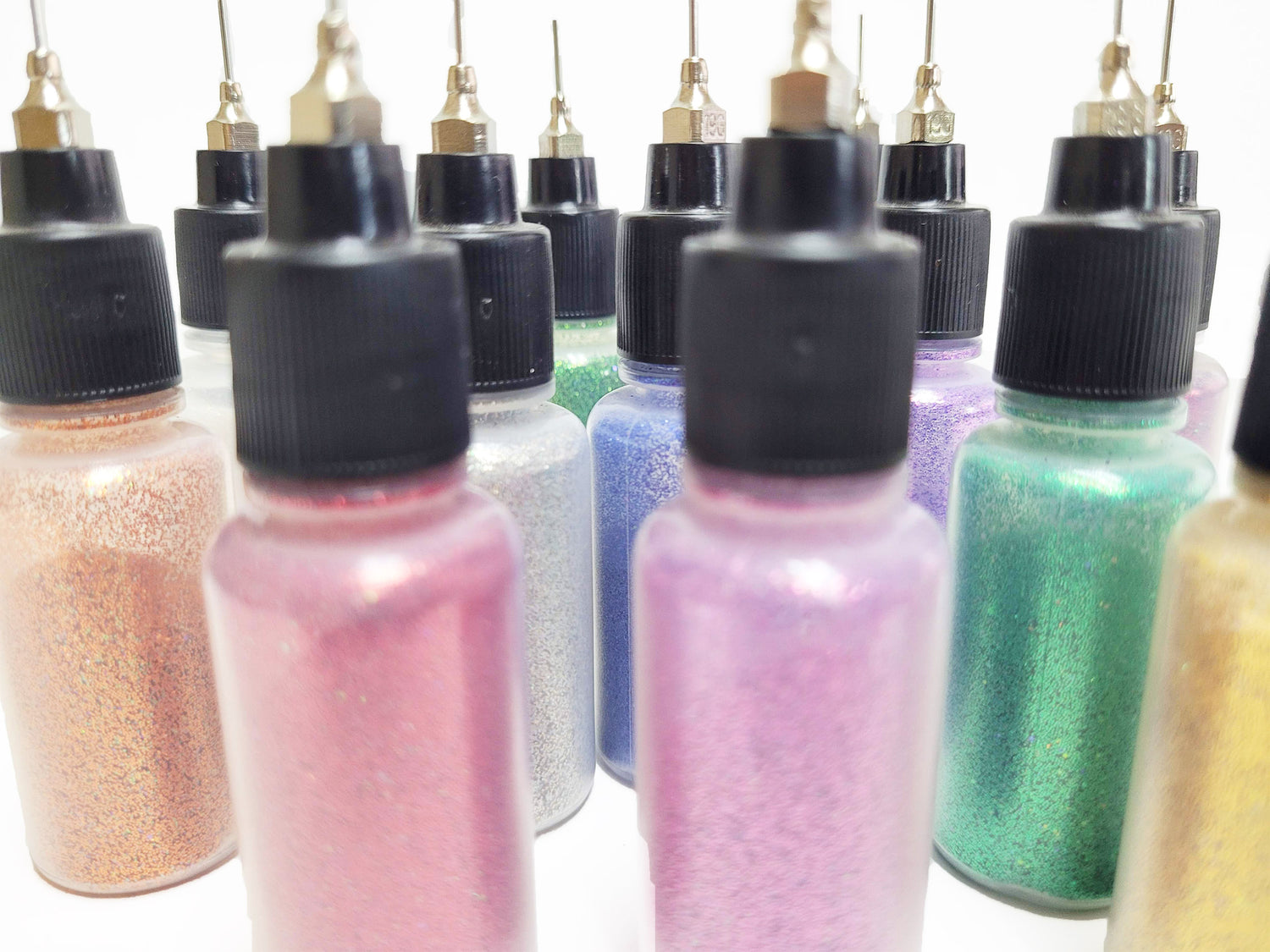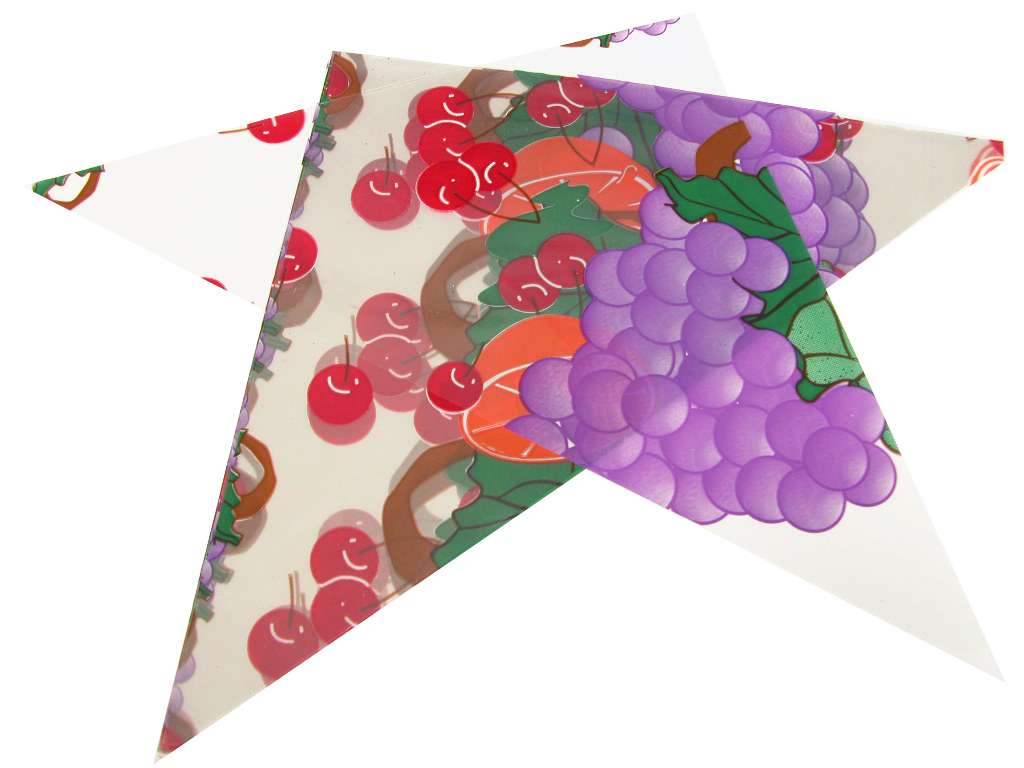Organic Transparency: Why Our Certification Changed
Hello Henna Friends.
Organic certification used to be straightforward. This year, everything changed. Now, both our henna growers and we, as the importer must individually pay for expensive certification, a financial hurdle that's simply not feasible for our small business. Previously, just the growers were certified.
Here's what hasn't changed: our henna is still grown without pesticides. The grower hasn't changed anything. The change is on the importing end.
This is a regulation change. To be fair, a tightening up of organic certification is generally a welcome change. This change prevents someone from ordering a small amount of organic henna, and then cutting it with inferior henna and reselling it as pure organic.
You will immediately see that we do not repackage our henna. BOTH the silver outside bag and the clear inside bag remain sealed, exactly as the grower sends it to us.
It's still cultivated using traditional, sustainable farming methods that prioritize environmental health and crop quality. We still buy direct from the grower rather than distributers.
 The new dual certification requirement creates significant barriers for small, ethical sellers like us. The cost for certification far exceeds the cost of the actual henna. The choice for us was to drop the certification label or more than double our prices.
The new dual certification requirement creates significant barriers for small, ethical sellers like us. The cost for certification far exceeds the cost of the actual henna. The choice for us was to drop the certification label or more than double our prices.
Our henna continues to meet the same high standards we've always maintained. The only difference is the actual "USDA Certified Organic" label. You will no longer see the Organic label on our ORa henna.
Our commitment to natural, high quality, henna without any additives remains unchanged. Quality isn't defined by a certification, but by the integrity of our sourcing and our dedication to providing an authentic, safe product.
I hope this explains the change!
Jody







